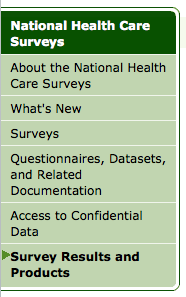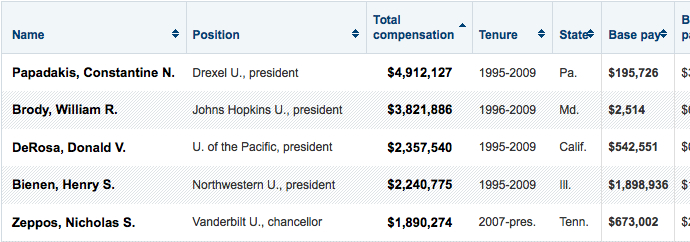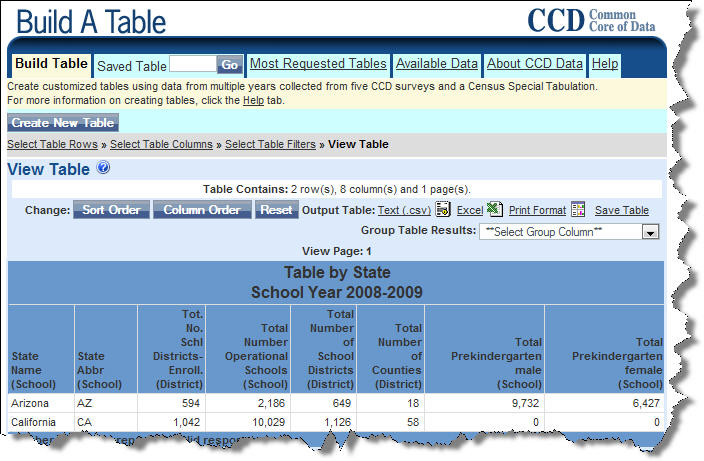For those needing high-level energy data from a credible source, a great free resource to consult is the BP Statistical Review of World Energy. This annual publication is released every June and provides data across a variety of energy sectors (oil, natural gas and coal, to name a few) using various data points, including consumption, production and reserves. Oil is the world’s most valuable commodity and thus, the section on oil is the most comprehensive. Current and historical statistics are available not only on consumption, production and reserves on a worldwide basis (broken further down by regions and countries) but also on spot prices, refinery capacities and imports/exports. Similar, less extensive data exists for the other energy sectors highlighted in the annual report – natural gas, coal, nuclear energy, hydroelectricity, renewable energy and primary energy. Data in the print version goes back to 2001; most data in the on-line version goes back to 1965 and is available in either PDF or Excel formats.
In addition to providing helpful statistics, the Review also gives an analysis of the overall energy market at that place in time. For example, the 2012 report states that in 2011, all the net growth took place in emerging economies, with China alone accounting for 71% of global energy consumption growth. The 2012 edition also notes that while global energy consumption grew by 2.5% in 2011, it was well below the 5.1% growth seen in 2010.
The 2012 edition, with data as of December 31, 2011, is now available on the BP website. The print version of the 2012 BP Statistical Review of World Energy is also available free of charge; contact their Investor Relations office for additional information.
David Brackus is a Business Researcher with Jefferies & Company, Inc. in Houston, where he supports the firm’s Energy Practice. He is a 2003 graduate of The University of Texas School of Information and is the 2012 Chair of the SLA Division of Petroleum and Energy Resources.













